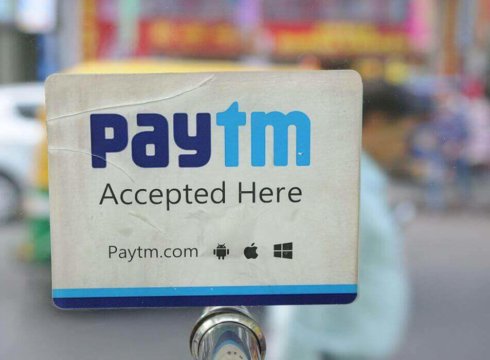SUMMARY
Paytm Is Enabling Cashless Transactions In More Than 300K Villages In Support Of The Digital India Programme
Inc42 Daily Brief
Stay Ahead With Daily News & Analysis on India’s Tech & Startup Economy
After rural India witnessed a 14.11% YoY growth in the number of Internet users, which stood at 186 Mn at the end of December 2017, digital payments giant Paytm claimed the company had a role to play in bringing rural Indians online.
Paytm now claims to have driven digital payments across the country’s semi-urban and rural areas by enabling cashless transactions in more than 3 Lakh villages.
Paytm said that at present over 3 Mn merchant partners across small towns like Kakkanav, Chitra Durga, Giri Nagar, Virudhu Nagar, Kangra, Angul and Unnao, among others, accept payments through Paytm.
The company also claimed that merchants in these villages are witnessing 20% higher transactions as compared to merchants in the metros. Paytm QR, Money Transfer and Bill payments continue to garner the highest number of transactions from these areas, it said.
Kiran Vasireddy, COO, Paytm said, “True development of an economy can only take place when villages and smaller towns that are at the very grassroots levels, join the digital revolution. We are excited to see an increasing adoption of digital payments by our users and merchants in these areas. We will continue our efforts to reach out to people in every village and town in our country and educate them about the convenience of digital payments.”
This comes at the time when Paytm has also introduced a ‘Merchant Referral’ feature on its platform to enable small and medium merchant (SME) businesses to accept payments from any bank account into their own bank accounts at no charges.
Paytm also introduced the ‘My Payments’ feature to simplify regular recurring payments such as house rent, maid or driver’s salary, milk and newspaper vendor payments, etc. for users.
Commenting on the outreach of Paytm, Pankaj Kumar Roy, who owns P K Food Plaza in Sabaour, Bhagalpur, said, “I have witnessed higher sales due to increased footfall of young kids and a surge in home delivery orders. Paytm made this possible as kids and even grown-ups like making payments using the QR code as it’s so simple. Now, my money is directly deposited into my bank account and I no longer need to worry about ‘chhuttey paise’ (loose change) either.”
At a time when the Digital India initiative is picking up the pace, rural India has become one of the biggest pillars of India’s Internet growth.
A report by IBM and Kalaari Capital revealed that India is banking on 850 Mn Internet users and 90% smartphone penetration in the next three to four years to achieve $1 Tn value from the digital economy by 2025.
It also expects that every one of two Internet users will be a rural person over the next three-four years.
To achieve these targets, the government reportedly plans to implement the ‘Saubhagya’ model of electricity to complement its BharatNet, the national rural broadband connectivity project.
According to the Bharat Broadband Network Ltd (BBNL) Annual Report 2016-2017, equipment has been installed in 100,364 gram panchayats (GPs), of which 96,039 GPs are service-ready, 59,124 are service-open, and 103,768 have end-to-end connectivity. The BBNL website, last updated at the time of writing this report, marks over 1,09,577 gram panchayats as service-ready.
In 2016, the government managed to connect around 80,000 GPs through WiFi hotspots. Further, the Centre wants Internet connectivity to reach public institutions such as schools, post offices, police stations and medical institutions, etc in villages.
With the continued focus on Internet penetration in rural India, companies like Paytm are leading the charge of supporting the growth of Digital India.
Note: We at Inc42 take our ethics very seriously. More information about it can be found here.


